Once a mafia battlefield, Palermo now is cool and charming
After visiting the main cities of Italy, I was missing the Italian islands and Sicily, especially Palermo and Catania, was on my radar as a priority destination. Finally this year I was lucky enough to go to Palermo with an architect friend who had been to the city before and wanted to return. We stayed for 7 days in Palermo, long enough to know the city, but not to know the island. Palermo is just the gateway to Sicily. Unesco World Heritage site with a cultural heritage influenced by the Greeks, Romans, and Arabs, Palermo has a monumental architecture, as well as beautiful historic villages and nearby beaches to refresh your body and soul.
How to get there and where to stay in Palermo
We flew straight from Barcelona to Palermo withVueling, just a two-hour journey. A round-trip ticket cost us 125€. I found it cheap, considering we traveled in August.
We stayed at the Hotel del Centro, a three-star hotel located on one of Palermo’s main avenues and close to the central train station. Located on the second floor of a historic building, the hotel is well-maintained and cost-effective: I paid 352.50€ for 7 nights in a single room with breakfast, which means 50.35€ per night.
We did all the city tours on foot because the hotel is close to the main monuments, restaurants, markets, and attractions of Palermo.
Walking around the city center
We had barely arrived and already went for a walk along Via Vitorio Emanuelle towards the port. My friend had gone to a restaurant there and had a great experience. The restaurant is calledBar Ceres Cé and is part of an Italian brewery chain. It was there that I first tried arancini, a typical Sicilian delicacy: a delicious rice croquette, stuffed with meat or cheese, perfect for a quick snack between strolls.
Vitorio Emanuelle crosses the city and this is where you will find Quattro Canti o Piazza Vigliena, on the corner with Via Maqueda. Designed between 1608 and 1620 by Giulio Lasso, Quattro Canti is an octagonal square, inspired by Rome’s Quattro Fontane. There are four baroque palaces with concave facades in the center of Palermo! On the facade of each palace, there is a fountain, the statue of a Spanish king (Carlos V, Felipe II, Felipe III, and Felipe VI), and in the highest part of each of them, you see the four saints of Palermo: Santa Cristina, Santa Ninfa, Santa Oliva, and Saint Agate.
Behind one of the facades of the Quattro Canti is the S.Giuseppe Dei Teatini Church. Simply Wonderful.
Right next door on Via Maqueda you find Paticceria Costa. Go in for a break and have a cannoli (typical sweet from Palermo) or any other house specialty. You will not regret. The visit is also worth it for the packaging design and the decoration of the place, all very tasteful, literally.
Walking throughVitorio Emanuelle it is impossible not to see, enter and visit theMemorial No Mafia.Unfortunately, not all texts are translated into English, but the images are very strong and one can understand, with some help from the imagery, what the mafia means in the history of Sicily. Important tip: it is not recommended for children.
Six places declared “World Heritage Site” by UNESCO
Palermo has six declared UNESCO World Heritage sites, almost all in the city’s downtown area:
- Palermo Cathedral
- Palace of Ziza (Piazza Ziza, 90135)(Piazza Ziza, 90135)
- San Giovanni degli Eremiti (Via dei Benedettini)
- Normanni Palace (Piazza Indipendenza, 1)
- Church of Santa Maria dell’Ammiraglio (Piazza Bellini, 3)
- Church of San Cataldo (Piazza Bellini, 1) (Piazza Bellini, 1)
I recommend you start with the Cathedral, which is the biggest monument and surrounded by beautiful gardens. You are not allowed to go in a t-shirt or short clothing, so it is best to dress “properly” if you do not want to buy those horrible covers that they sell at the entrance for 1 euro. We didn’t have time to visit all the monuments, so we decided to see Palermo Cathedral and Montereale Cathedral which is 11.1 km from Palermo. With a 6400 m mosaic, Monreale Cathedral is a beautiful example of Byzantine-Norman art and admission is free.
Historic Palermo markets
With so many iconic places to visit, it is good to have a pit stop to try typical food and get a closer look at how Sicilians live. Palermo’s markets are perfect for a deep immersion in the local culture. The main markets are downtown and you can walk to them: La Vucciria, Il Capo, Ballarò.La Vucciria is the most famous one, but not the most authentic. It can be visited during the day or at night, especially in the part of Plaza Garrafello, which turns into an open-air disco with DJs.
I liked Il Capo, best, which is the quintessential fish market and is close to Teatro Massimo. That’s what we did: First, we visited the beautifulTeatro Massimo. it’s worth buying the full package and visiting the backstage and roof of the building that has a 360-degree view from Palermo. And after visiting the theater we walked to Il Capo, where we had lunch (stuffed eggplant and some Arab dishes). Unfortunately, the places that sold fish were already closed, so be aware of the market hours. Near Il Capo there is a street with interesting graffiti and I had a good time there taking photos and observing the messages and drawings.
The Ballarò Market is one of the oldest and was where we were able to sit down to eat at the right time to watch the movement and the Sicilian lifestyle. I was impressed by the bikes passing between the stalls, in the middle of the pedestrians, but it seems that I was the only one who was worried :) For them, it’s more than normal! It was also in this market that I bought the spices, fresh oregano, the sweet and salted pistachios (very typical in Sicily). Ballarò also represents an example of coexistence and integration between the local population and foreigners, mainly from black Africa. I recommend it!
Palermo at night
The evening begins with a walk along Via Maqueda, which is full of restaurants and bars and is pedestrianized. Walk to the Teatro Massimo and get lost in the perpendicular streets. There are several dining options, from the most expensive to the cheapest. Also in Piazza Pretoria, where the Senate Palace, the current city hall and theChurch of Santa Catarinaare, there are several young people gathered in the nearest square, in front of the Church of San Cataldo.
Just off Piazza Pretoria, we arrive at Piazza Bellini, surrounded by the old theater and today the pizzeria, the beautiful Normandian church La Martorana, and the Church of San Cataldo. It was walking around here that I was surprised by young people doing a wheel and dancing a typical Sicilian dance. Very beautiful.
Mondello: Palermo’s most famous beach
Palermo’s largest and most famous beach, Mondellois only 13 km from the city and is worth spending a day there during the summer, if you don’t mind the massive amount of people…
Located between Monte Pellegrino and Monte Gallo, Mondello was once a fishing village and from the early twentieth century began to develop, becoming a summer resort for the high society of the time. Proof of this are the various art nouveau mansions around the beach.
But Mondello’s best example of art nouveau is a building that is right in the middle of the beach: the Antico Stabilimento Balneare di Mondello, also known as “Charlestón”. This place used to be an elegant ballroom; during World War II it served as a “barracks” for the German troops and later for the allies. Today, besides being a private beach space, there is also an exquisite restaurant: Alle Terrazze.
In Mondello the sea is blue (in summer is a greenish well), the sand is white and fine, but the beach is privatized. That’s right, it is divided by a wooden fence: on one side is the public, and on the other is the private part, called “Lido”, which takes most of the beach. To be in the Lido part, you have to pay around 20€ to rent sun loungers, umbrella and have access to the bar. The public part is a very narrow strip and everyone is close to us with almost no space to walk between the towels. But in this space, there are street vendors selling real and bottled cold beer! And it was in this public space that we were lucky to meet, spontaneously, the couple Claudia Ott and Nicolò, one of the best surprises of this trip and I’ll tell you why.
A palace to visit and stay: Conte Federico
Nicolò Federico Conte di Villalta and San Giorgio descends from the imperial family of Hohenstaufen, the kingdom of Aragón and the city of Palermo, and lives in the palace with his family. Nicolò and Claudia run el Palacio which has guided tours every day from 11am to 4pm, except on Wednesdays.
The palace also has 7 apartments for rent to touristsfurnished with antiques from that age. We were invited by Nicolò to tour the palace. He himself does the tour, in Italian and English, telling the history of the palace and all that can be seen there in detail.
Since Emperor Staufen Friedrich II, who lived in the palace, this beautiful building has been the family’s residence for 14 generations, preserving the atmosphere, furnishings, and history of the place, which is also an important part of Palermo’s history. The tower on the south side of the palace, from the 12th century and of Norman Arab origin, is one of the few remaining parts of the old city wall.
During the visit, Nicolò explains that over the centuries, the palace has undergone several reconstructions. This is why you can see various architectural styles: 17th century painted high ceilings, frescoes of the baroque ceiling of Vito D’Anna and Gaspare Serenario, various sculptures and the 17th century Lion of Marabitti fountain, as well as the grand staircase with the walls made by Marvuglia.
Interestingly, there is also recent family history, such as Nicolò’s father’s race car, who was a Formula 1 driver; his mother’s swimming medals as an athlete besides an oil painting of hers, who was also an opera singer. Also noteworthy is the dining room at the top of the tower, the kitchen that still preserves the household utensils of the time, the antiques and valuable paintings in the beautiful halls. It was a truly unique experience. Thank you, Claudia and Nicolò, for the invitation, and for making our trip even more unforgettable!!!
Tourist, cultural research, copywriting and photos for the TripTrip Now travel website: TripTripNow. Link para la versión en inglés: https://triptripnow.com/palermo-italy/

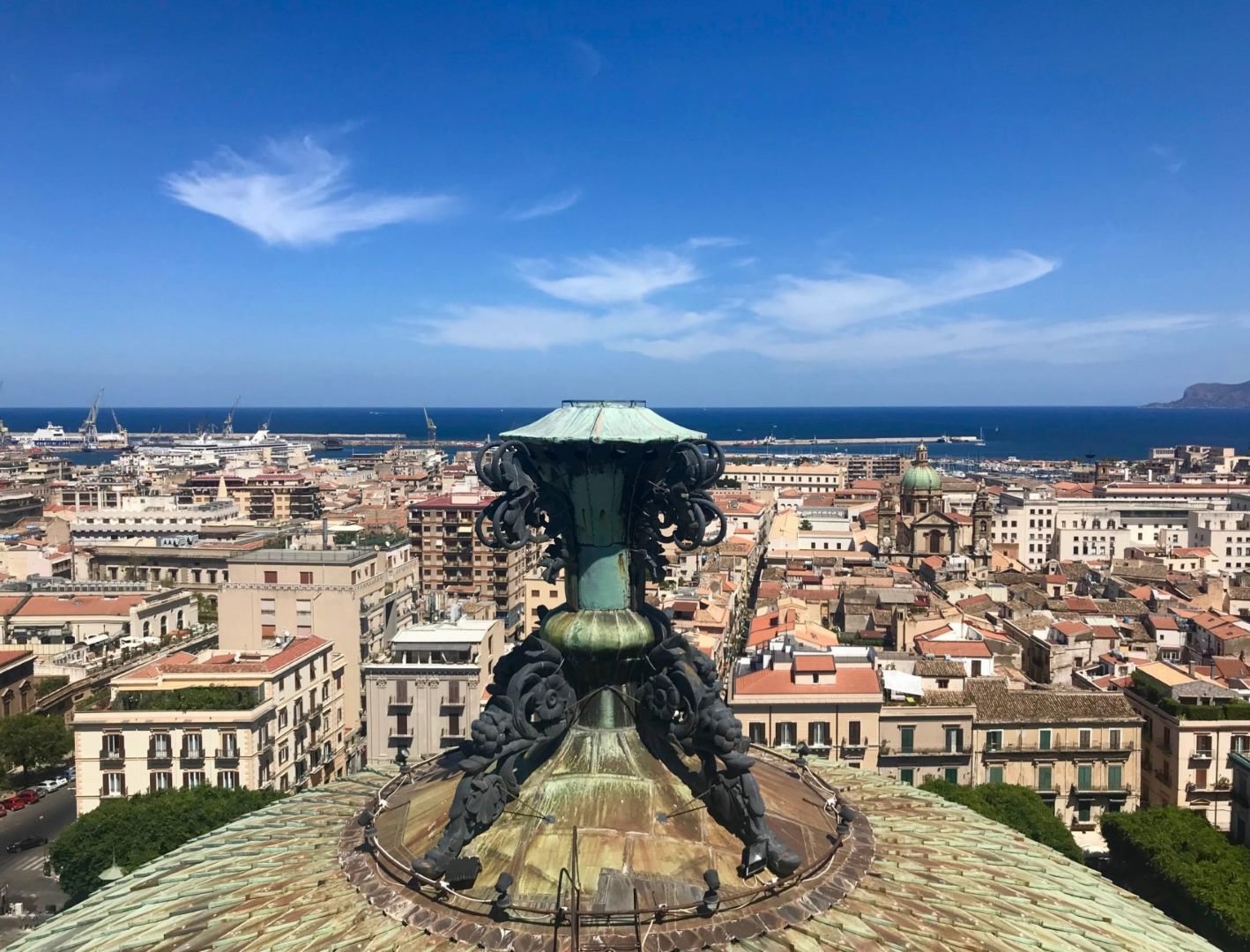
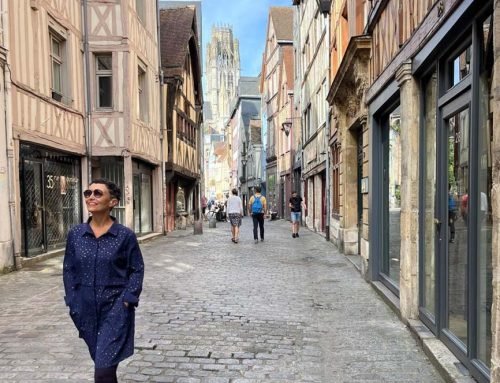
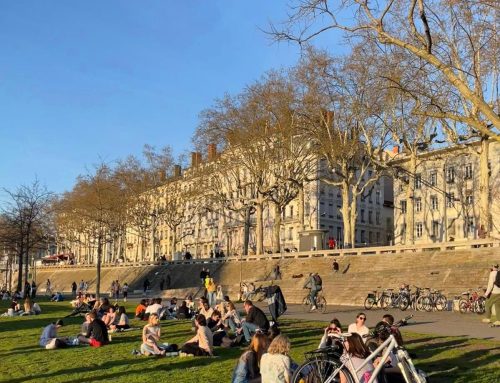

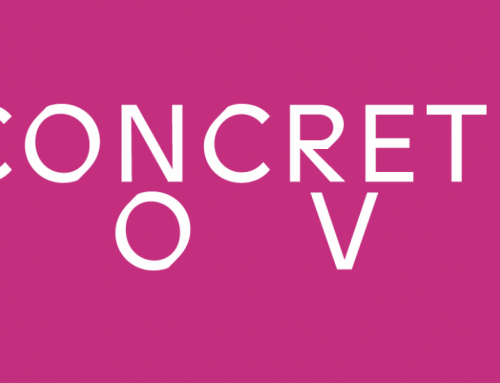
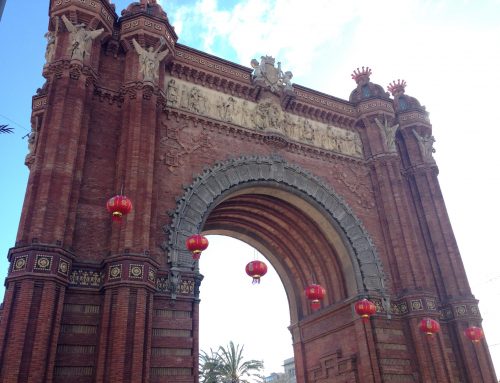
Leave A Comment